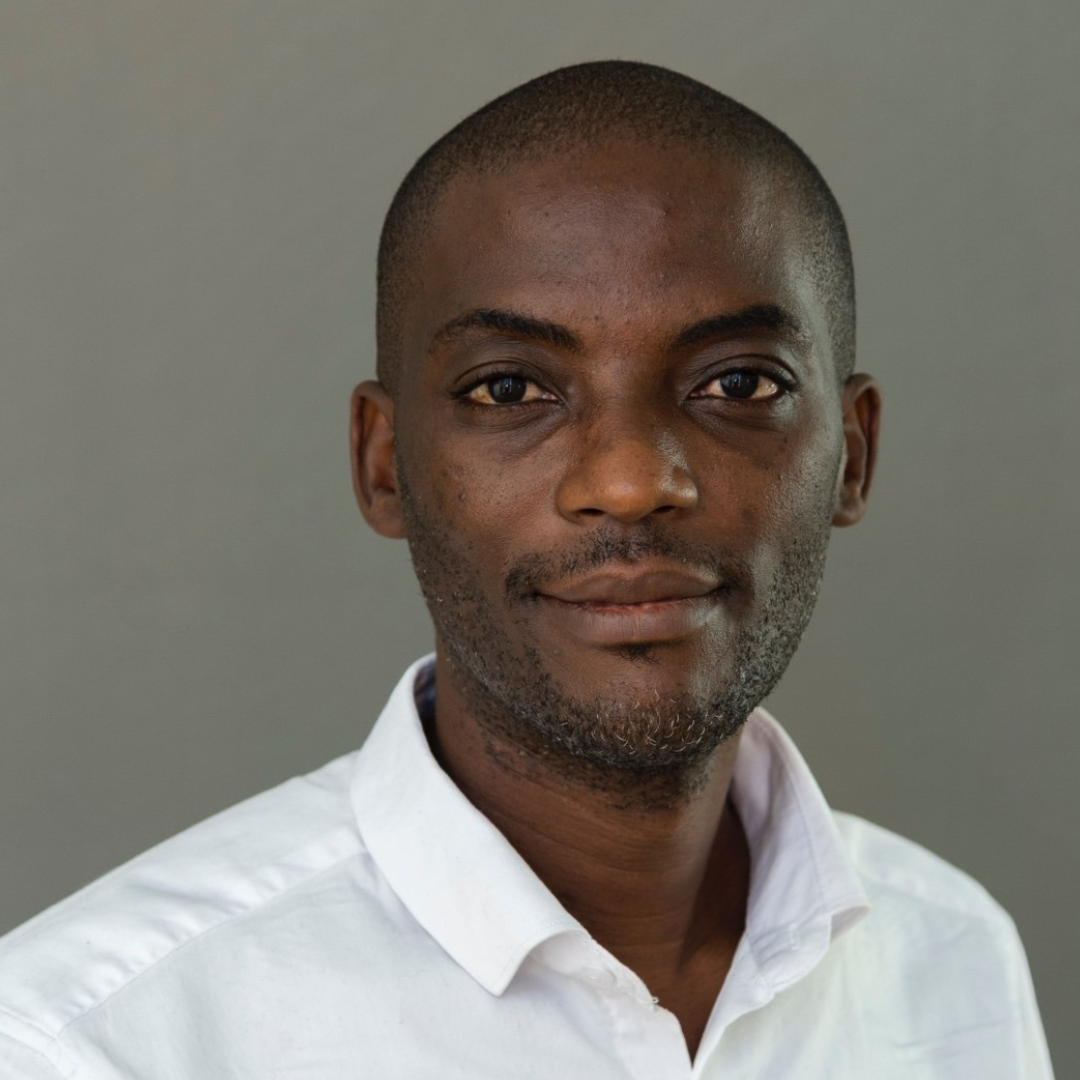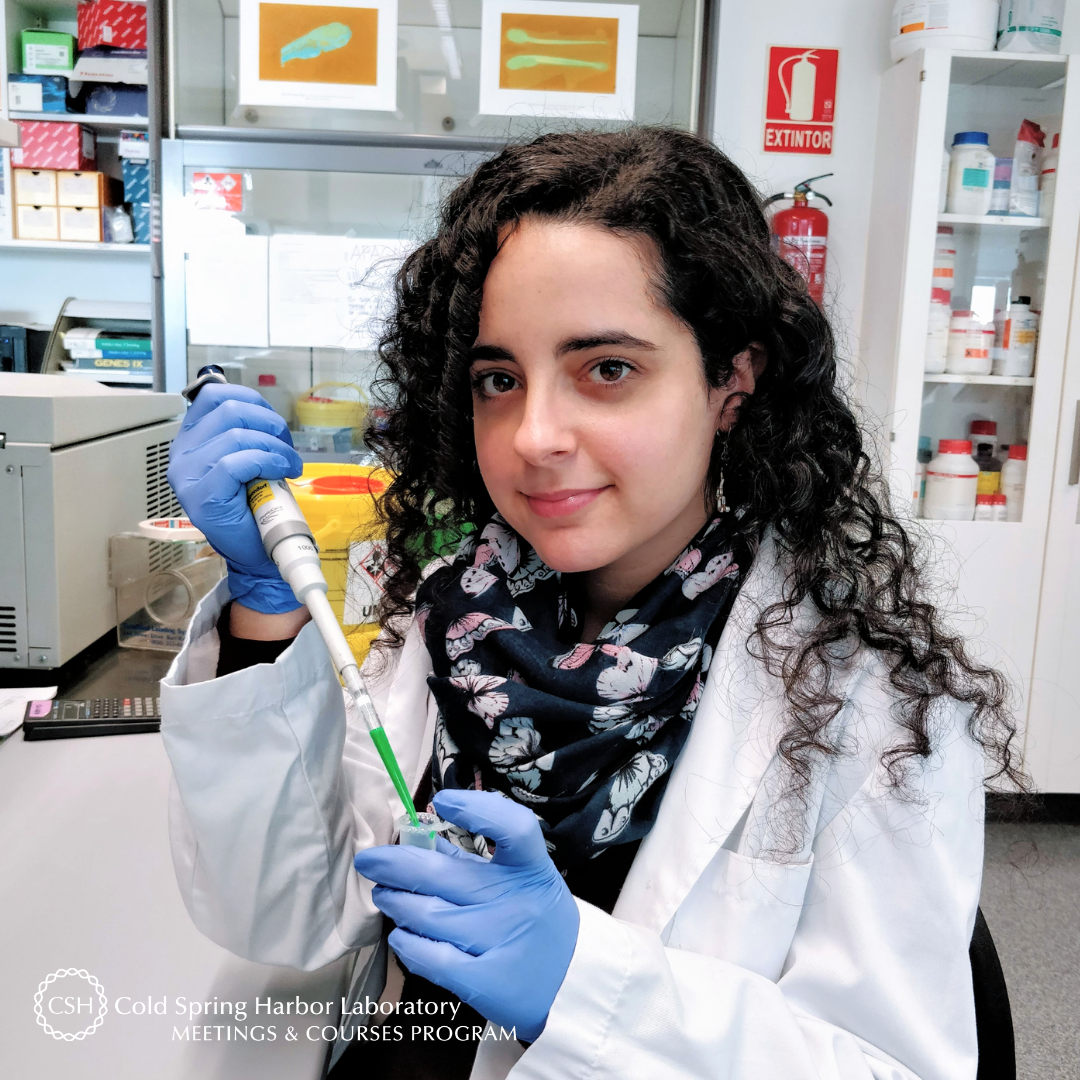Meet Binyam Belachew of the University of Arkansas for Medical Sciences! The 5th year graduate student is a member of Dr. Kevin D. Raney’s lab within the Biochemistry and Molecular Biology Department. He joined us this week for Nucleic Acid Therapies where Binyam presented a poster titled “Hepatitis C Virus Non-Structural protein 3 (HCVNS3) Binds and Unfolds Viral G4 RNA Structure.”
Tell us about your research.
My project focuses on understanding the mechanism by which HCV-NS3, the helicase protein encoded by HCV (Hepatitis C Virus) genome, interacts and regulates the unfolding of HCV-G4RNA, the conserved G-quadruplex secondary structures found within the HCV genome. By studying this protein-nucleic acid interaction, we might be able to find factors or processes that could be targeted to suppress the replication of various strains of HCV within a host cell.
How did you decide to focus on this area/project?
I have chosen this project because I was interested in learning more about viruses and how they replicate at a molecular level. In addition, our laboratory has tremendous experience in viral helicases, particularly HCV-NS3, and G-quadruplex structures, so I knew I would get the support I need from my colleagues in the laboratory to successfully complete my PhD.
What and/or who is the inspiration behind your scientific journey?
In my undergraduate Biology Senior Seminar class, the teacher, Professor Patricia Plant suggested I read and present to the class a recently published paper, “Gene editing of CCR5 in autologous CD4 T cells of persons infected with HIV” (2014). I really enjoyed reading the paper. As I was preparing for my seminar, I read a number of scientific articles and books on viral replication and I started to develop an interest for the topic. The paper also gave me an idea of what project I would like to focus on in graduate school.
What impact do you hope to make through your work?
Through my work I hope to contribute to the effort being made by chemists and virologists in designing anti-viral agents that target G-quadruplex structure.
What do you love most about being a researcher?
The thing I like about being a researcher is that it allows me to participate in the advancements of science that improve or save the lives of others. On a personal level, research helps me refine my problem solving skills and gives me the mental exercise I need to keep my brain healthy.
What drew you to attend this meeting?
I wanted to attend to this meeting to learn more about RNA and their application in medicine. In addition, I chose to be part of this meeting to build my network and look for opportunities.
What is your key takeaway from the Meeting; and how do you plan to apply it to your work?
From the meeting, I have learned the challenges and opportunities of using RNA as a therapeutic agent. Dr. Steven Dowdy explained it nicely: the major problem with RNA therapeutics is endosomal escape; only a fraction of the RNA given to the cell makes it to the cytosol. I am happy to have learned this because our laboratory has a growing interest in the field of oligonucleotide therapeutics.
What feedback or advice would you share with someone considering to participate in this meeting?
If the meeting stays virtual, I would advise future attendees to take advantage of the virtual PI Chats event where attendees sit with PI of their interest and learn from their experience and ask questions. If the future meetings are in-person, I hope similar events will be available for attendees.
What’s the most memorable thing that happened during the Meeting?
The Vice President and Chief Scientific Officer at Pfizer Vaccines Research and Development, Dr. Philip Dormitzer was the keynote speaker at this meeting. It was great to hear him speak of how Pfizer developed the COVID vaccine in a short period of time. I also enjoyed the Q&A session after his talk.
Thank you to Binyam for being this week's featured visitor. To meet other featured researchers - and discover the wide range of science that takes part in a CSHL meeting or course - go here.
Image provided by Binyam Belachew.






























